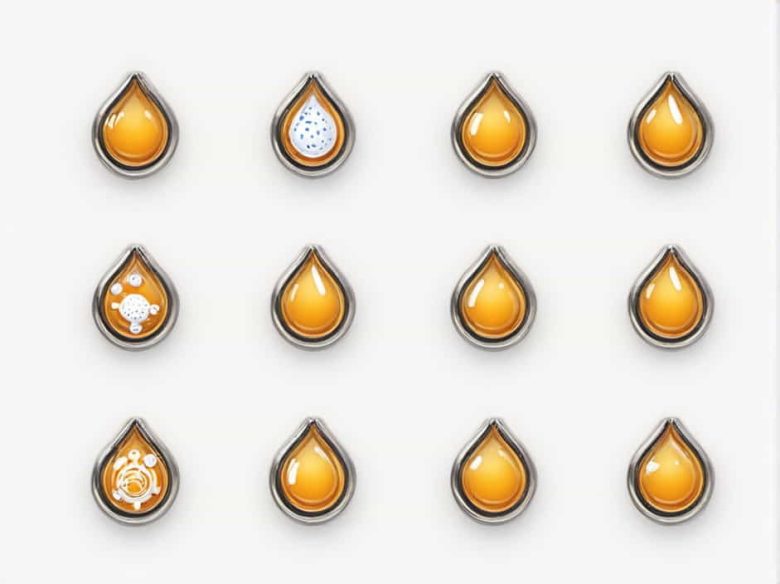Cellular respiration is a fundamental biological process that provides energy for all living organisms. It occurs in the cells of plants animals and other organisms converting chemical energy from food into a usable form of energy called adenosine triphosphate (ATP).
To understand how cellular respiration works we must first identify its reactants—the substances that enter the process and allow it to happen. In this topic we will explore the key reactants of cellular respiration their roles and how they contribute to energy production in cells.
What Is Cellular Respiration?
Cellular respiration is a biochemical process that breaks down glucose and other molecules to release energy. This process occurs in three main stages:
✔ Glycolysis (in the cytoplasm)
✔ Krebs Cycle (Citric Acid Cycle) (in the mitochondria)
✔ Electron Transport Chain (ETC) (in the mitochondria)
The overall equation for cellular respiration is:
Now let’s take a closer look at the reactants that make this process possible.
What Are the Reactants of Cellular Respiration?
The two primary reactants of cellular respiration are:
✔ Glucose (C₆H₁₂O₆)
✔ Oxygen (O₂)
These reactants undergo a series of chemical reactions to produce ATP carbon dioxide (CO₂) and water (H₂O).
1. Glucose (C₆H₁₂O₆): The Primary Energy Source
Glucose is a simple sugar that serves as the main fuel for cellular respiration. It is a carbohydrate that organisms obtain from food such as fruits vegetables grains and dairy products.
How Does the Body Get Glucose?
✔ From Food – Humans and animals get glucose from carbohydrate-rich foods.
✔ From Photosynthesis – Plants produce glucose through photosynthesis which is then used for their own cellular respiration.
✔ From Glycogen Breakdown – When glucose levels are low the body breaks down glycogen stored in the liver and muscles.
Role of Glucose in Cellular Respiration
Glucose is the main reactant that gets broken down to release energy. During glycolysis glucose is split into two molecules of pyruvate which then enter the mitochondria for further processing in the Krebs cycle and Electron Transport Chain.
The energy stored in glucose is released gradually preventing cells from being overwhelmed by an excessive burst of energy.
2. Oxygen (O₂): The Electron Acceptor
Oxygen plays a crucial role in the final stage of cellular respiration known as the Electron Transport Chain (ETC). It is the final electron acceptor helping to produce ATP efficiently.
How Do Organisms Obtain Oxygen?
✔ Humans and Animals – Breathe in oxygen through the lungs which is then transported by the blood to cells.
✔ Plants – Absorb oxygen from the air through tiny pores called stomata.
✔ Aquatic Organisms – Extract oxygen from water using gills or diffusion.
Role of Oxygen in Cellular Respiration
During the Electron Transport Chain oxygen accepts electrons and combines with hydrogen ions to form water (H₂O). Without oxygen the chain cannot function properly leading to a much less efficient process called anaerobic respiration.
How Do These Reactants Work Together?
The reactants glucose and oxygen work in harmony to fuel cellular respiration through the following steps:
Step 1: Glycolysis (Occurs in the Cytoplasm)
✔ Glucose is broken down into two molecules of pyruvate.
✔ 2 ATP molecules are produced.
✔ Electrons are transferred to NAD+ to form NADH which carries energy to the next stage.
Step 2: Krebs Cycle (Occurs in the Mitochondria)
✔ Pyruvate enters the mitochondria and is converted into acetyl-CoA.
✔ Acetyl-CoA goes through the Krebs cycle releasing carbon dioxide (CO₂) as a waste product.
✔ Additional ATP and electron carriers (NADH and FADH₂) are generated.
Step 3: Electron Transport Chain (Occurs in the Mitochondria)
✔ NADH and FADH₂ donate electrons to the ETC.
✔ Oxygen acts as the final electron acceptor allowing the production of 32-34 ATP molecules.
✔ Water (H₂O) is formed as a byproduct.
Why Are These Reactants Essential?
✔ Glucose provides the fuel for energy production.
✔ Oxygen enables efficient ATP production making aerobic respiration much more effective than anaerobic respiration.
✔ Both reactants ensure that cells have a constant supply of energy to function properly.
What Happens When There Is a Lack of Reactants?
If the body lacks glucose or oxygen cellular respiration cannot proceed efficiently. This leads to various problems:
Lack of Glucose:
✔ The body breaks down fats and proteins for energy leading to ketosis.
✔ Energy production slows down causing fatigue and weakness.
Lack of Oxygen:
✔ The body shifts to anaerobic respiration which produces less ATP.
✔ Lactic acid builds up in muscles leading to fatigue and cramps.
✔ Severe oxygen deprivation can result in cell damage or death.
Comparison of Aerobic vs. Anaerobic Respiration
| Feature | Aerobic Respiration | Anaerobic Respiration |
|---|---|---|
| Oxygen Requirement | Requires Oxygen (O₂) | Does not require Oxygen |
| ATP Production | High (36-38 ATP) | Low (2 ATP) |
| Waste Products | CO₂ and H₂O | Lactic Acid (in animals) or Ethanol (in yeast) |
| Efficiency | Very Efficient | Less Efficient |
The reactants of cellular respiration—glucose and oxygen—are essential for the production of ATP the energy currency of the cell. Without these reactants cells cannot function properly leading to energy deficiency and health issues.
Understanding how glucose and oxygen interact in cellular respiration helps us appreciate the complexity of biological processes and the importance of a balanced diet and healthy breathing. By ensuring that our bodies get enough nutrients and oxygen we can maintain efficient energy production and overall well-being.



